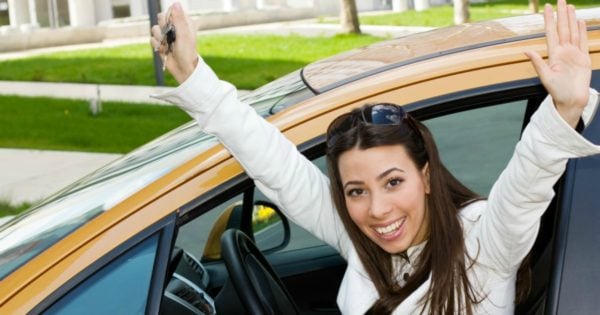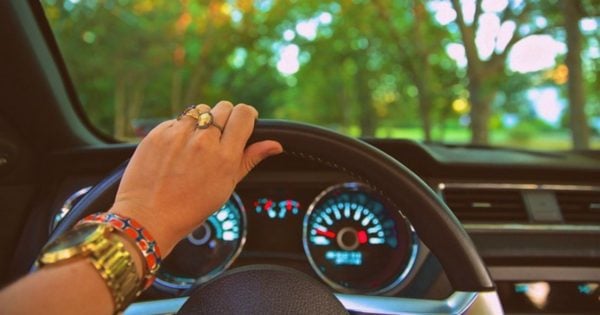

It’s a rite of passage that signifies you are one step closer to adulthood. However, for any parent who has stood at the edge of the curb and watched as their child drives away for the first time knows, it can also be a time of intense fear and worry.
My mother, a single mother to four kids, somehow found a patience and courage previously unknown to mankind and taught each of us to drive. She then guided us all through obtaining our driver licences.
I’ll never forget walking out of that transport office, brandishing my shiny new licence to mum and practically itching to get home and jump into my newly purchased car. All so I could drive the streets solo for the first time.




Top Comments
Leave your mobile phone in your handbag. I am shocked by the number of P Platers (not the only culprits by any means) texting whilst driving.